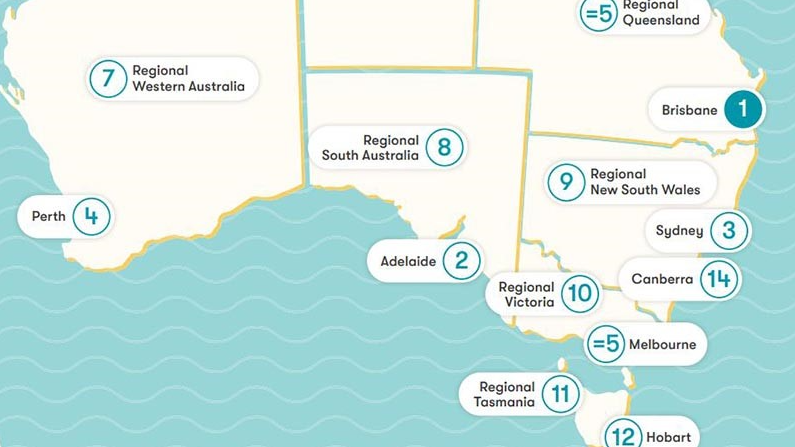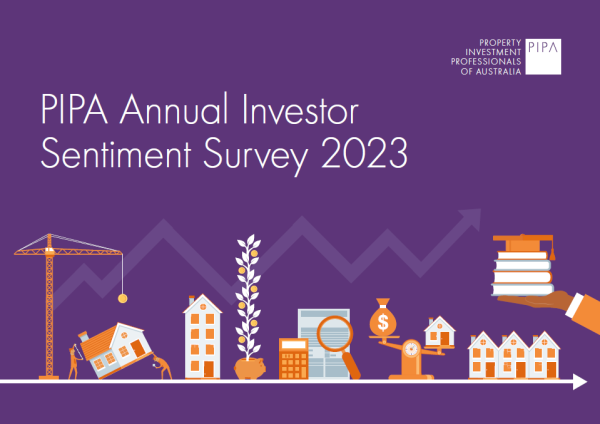Will low fixed rates push borrowers back to the big four?
Nov 2020Karen Millers
Categories
Location ReportsMedia releasesNational market updatesPersonal advisersPIPA AdviserPIPA Annual Investor Sentiment SurveysPIPA Member ProfilesPIPA video updatesPIPA webinarsPodcastsProperty advisersProperty newsLatest Articles
‘More chance of winning lotto’ than housing targets being met
PIPA Member Profile | Amanda Turner, Opulence Property
In the wake of the Reserve Bank’s (RBA) latest cash rate cut, only ten lenders have passed on the cut to variable rates at the time of writing.
Instead, the majority of lenders have made cuts to their fixed-rate products, with many now offering sub 2% loans.
This includes the big four, who are all offering a fixed rate below 2%, except ANZ, with NAB’s four-year fixed rate the lowest at 1.98% p.a (*comparison rate 3.69% p.a).
Variable rates have long hogged the spotlight in Australia, bucking the international trend of fixing, but with variable rates seemingly as low as they could go, it may be time for fixed loans to shine.
NAB chief executive Ross McEwan told banking analysts last week that fixed rates could increase their market share by more than 20%.
“It could be more than 30% (across the banking sector) … but I wouldn’t fear that,” he said.
“The reality is that this market is moving more toward fixed rates for certainty, it was about 10% of the (NAB) book, I think you’ll see it quite quickly getting to 30% … we are seeing that in the (new mortgage) flows.”
Mortgage Choice CEO Susan Mitchell said more and more borrowers were opting to fix their mortgage in recent months.
“Mortgage Choice home loan approval data shows that the trend towards fixed rates remains strong, with 32% of borrowers choosing to lock in part or all of their rate in October,” Ms Mitchell said.
But Property Investment Professionals of Australia (PIPA) Chair Peter Koulizos said he was doubtful fixed rates would exceed the popularity of variable rates.
“I think they’ll become more popular than they are now, but I don’t think we’ll have more people on fixed rates than variable,” Mr Koulizos told Savings.com.au.
“Generally Australians, unlike other people around the world, go for variable rates rather than fixed rates.”
The vast majority of the US and UK mortgage market is fixed, with lenders in America offering 30-year fixed home loans.
Dr Jamie Alcock, associate professor at the University of Sydney, told Savings.com.au the move to fixed rates was coming from lenders, rather than consumers.
“Shifting consumers to a fixed rate gives the banks more surety over their future cash flows,” Dr Alcock said.
“If rates aren’t going up anytime soon then the balance sheet issue is less of a problem.
“Both of these are likely to be attractive to banking shareholders in the near future, especially given the drop in bank dividends recently announced.”
Will borrowers flock back to the big four?
AFG brokers reported the major lenders had a home loan market share of 58.9% in Q1 2021, down from 66.8% as refinancers flocked to non-majors.
But with so many lenders offering fixed rates similar to or below 2.00% p.a, will borrowers return to the safety and well-known embrace of the big four?
“I think that would certainly increase their market share, but again, it will only be for people looking for four-year fixed rates,” Mr Koulizos said.
“And who knows, tomorrow or next week, there could be a big marketing campaign from the non-bank lenders to offer cheap variable rates; the landscape is ever-changing.”
PRD Real Estate chief economist Dr Diaswati Mardiasmo said whether borrowers return to the big four would essentially come down to which lenders will grant them a loan.
“The big four banks have proven that they can match other lenders and are extremely competitive now, which does make them attractive,” Dr Diaswati told Savings.com.au.
“That said the big four does have a reputation of more stringent lending criteria, and one of the reasons people go to other smaller lenders is due to this.
“Therefore it can be quite personal, and it just depends on who will provide you with a loan.”
Is it a good time to fix?
Dr Alcock said despite the sub 2% fixed rates on offer, it was hard to definitively say whether it was the right time to fix.
“Well nobody can be sure but the RBA has indicated that rates will stay low for an extended period of time and they have recently commenced a quantitative easing program, which they may extend,” he said.
“This may well push commercial rates down further, especially for the longer-term loans.”
Mr Koulizos urged caution to borrowers who thought rates were the lowest they could go.
“People need to be aware just because something is really cheap today doesn’t mean that there won’t be some other really cheap products in the near future.
“With banks relaxing their lending restrictions in March, I think we’ll see some even bigger and better incentives for consumers.”
For first-home buyers, Dr Diaswati said the current fixed rates were a great way to enter the market.
“None of us truly know when COVID-19 will be eradicated or when the economy is in full recovery as per prior to COVID, so some stability to your mortgage payments give you a sense of confidence as you can then plan all of your other household budget items/expenses for a longer period of time.”
Alex Brewster, savings.com.au, 10 November 2020
https://www.savings.com.au/home-loans/will-fixed-rates-become-more-popular-than-variable-and-push-borrowers-back-to-the-big-four




